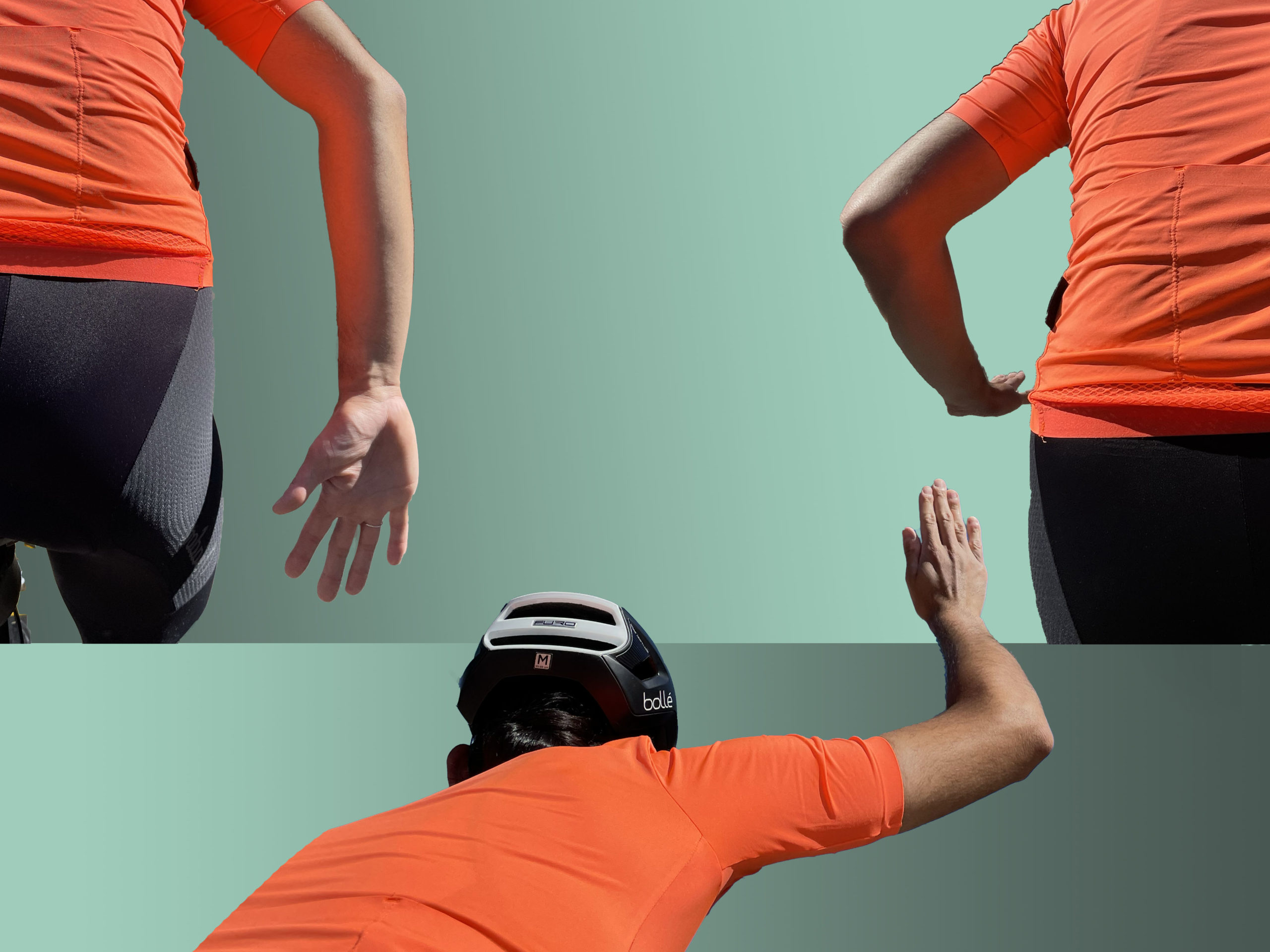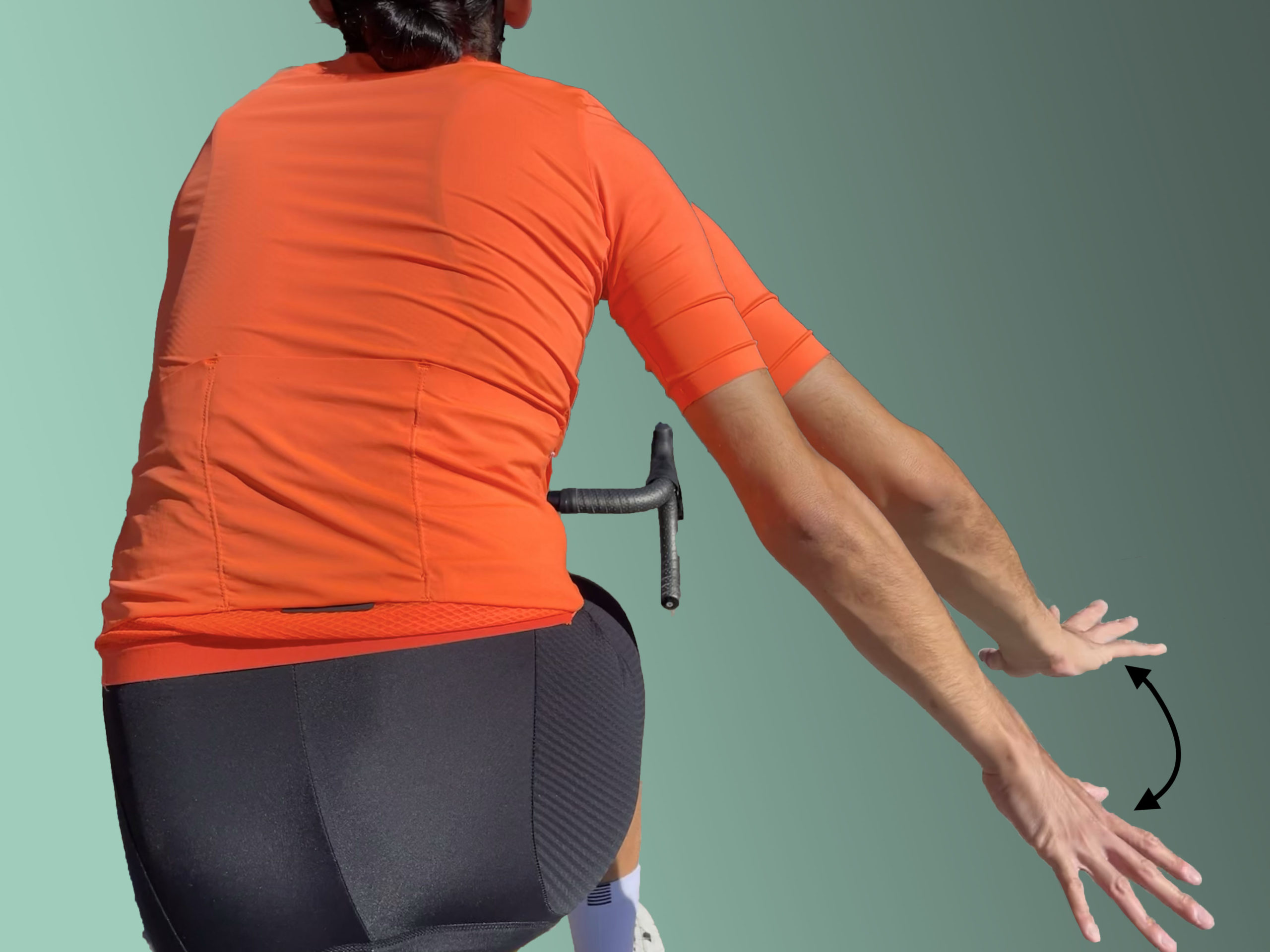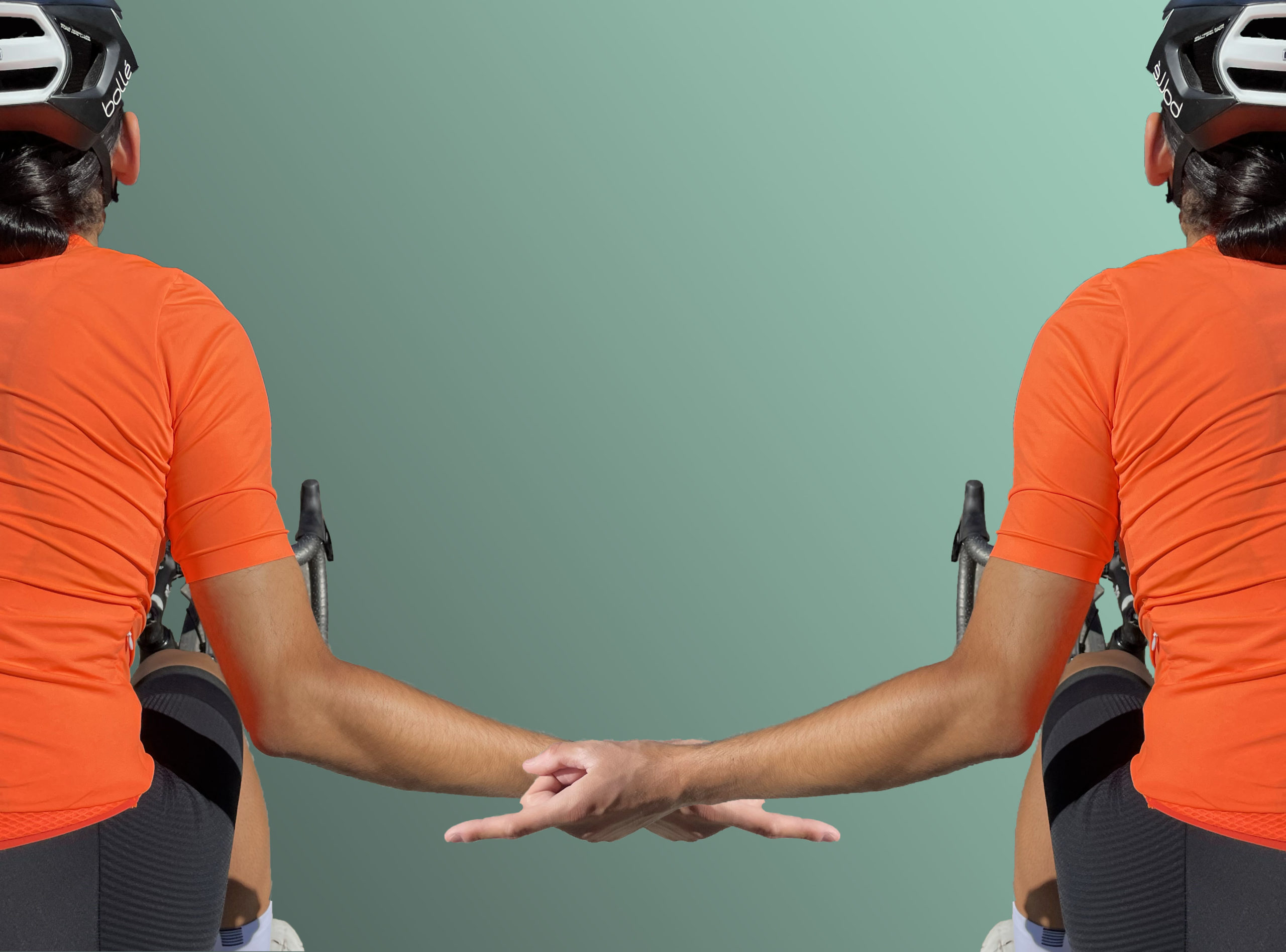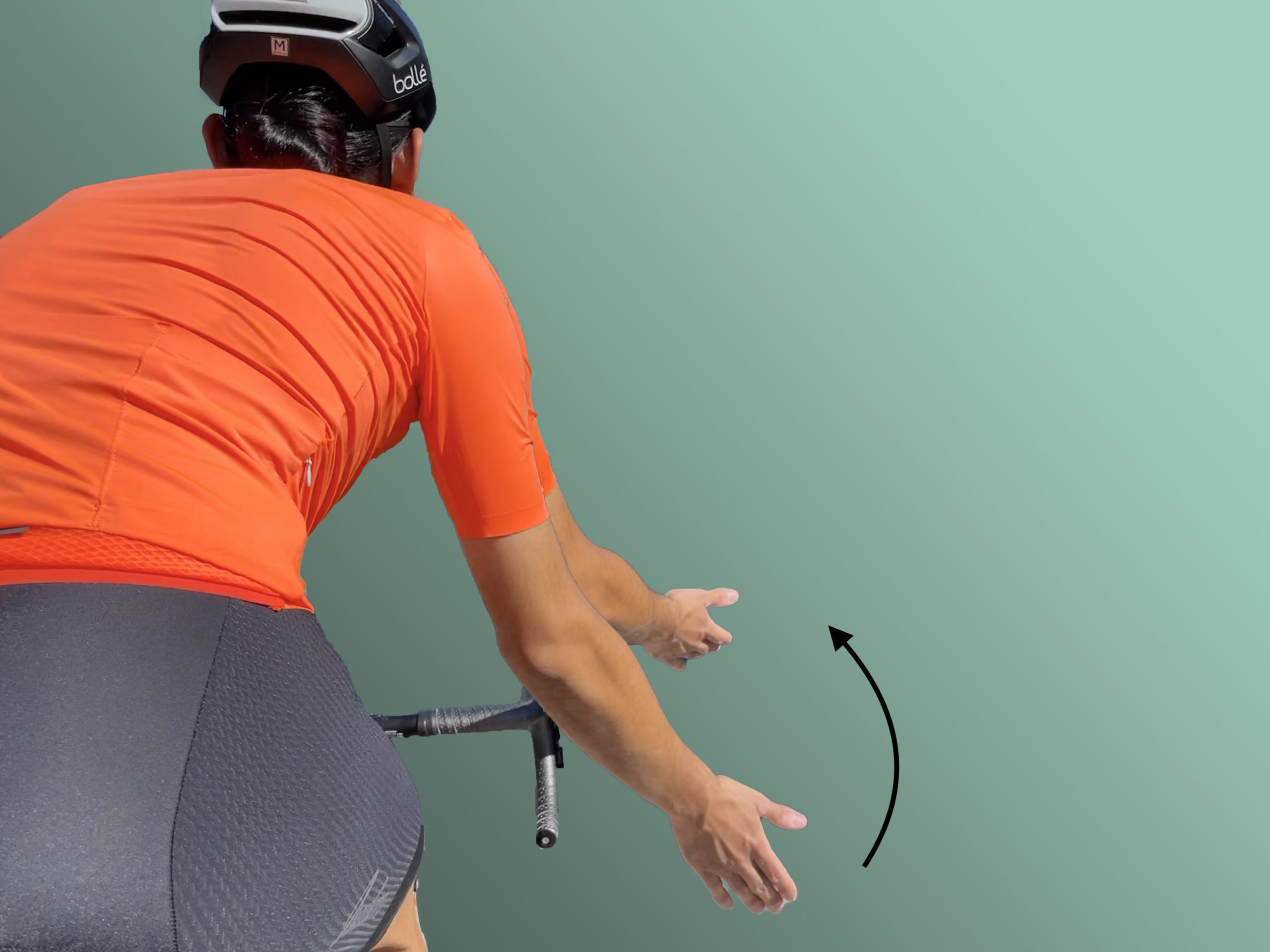Rules & Guidelines
Basic Group Ride Rules & Etiquette
Stopping at all stop lights and stop signs, unless it’s a 3 way intersection where there is a bike lane or clear lane to approach without risk of encountering vehicles.
Unless explicably stated, TLD prohibits the use of aero bars for regular group rides due to safety of members and riders.
Call Outs
- “Slowing” or “Stopping” - when slowing to stop light or sign or obstruction
- “Rolling” - when rolling through an intersection
- “Car front” - car incoming from front
- “Car back” - car incoming from behind
- “Last wheel” - see below for rotation in paceline
Any road obstructions that you CANNOT SAFELY use a hand signal for, please call out loudly so everyone can hear. DO NOT take your hands off the bars if you’re in a hazardous position that can risk losing control.
- No “half wheeling” overlapping wheels with the rider in front of you
- When in paceline, maintain maximum 2 wheel length between wheels to maintain slipstream.
- If you cannot maintain the pace and you begin to see a gap forming in front of you, please safely rotate to the back so that the gap can be closed in the paceline. ALWAYS use caution when shoulder checking when you are behind another rider if you need to rotate out and make sure there is enough distance to react safely to any sudden changes.
- When we ride a paceline, make sure to know your own threshold for pulling in front. Every rider has a different power output and it’s more important to maintain pace than to pull for an equal amount of time to every other rider. If you can only pull for 15-30 seconds, that is sufficient and you can rotate out after that. If you don’t feel fully recovered for another pull, “chicken wing” out to skip past your turn and go to the back of the line.
- When rotating out, wave your elbow out like a “chicken wing” in the DIRECTION YOU WISH TO BE PASSED ON. Example - If it is more safe for the group to pass you on your left side, wave your left elbow and slowly veer to your right and let the group pass you on your left, and vice versa. Important note, maintain your pulling speed for the duration it takes for the group to pass. Only slow your power when you are safely within the back slipstream. This will ensure that nobody gets dropped in rotation.
- Call out “last wheel” when you are the last person in the group passing so the person who needs to get back in line knows when to do so safely.
Basic Hand Signals
Hole/Hazard Point out hazards for other riders
Point out hazards for other riders
As a rule of thumb, if there’s something on the road that you would swerve around, point it out to the riders behind you. Often that will be a hole (which can be called out as “HOLE!”) but it could also look like an unexpected bump in the road, debris, a pylon or a Mario Kart banana.
Stop/Slow Top left: Stopping, Top right: Slowing, Bottom: Stopping/mechanical
Top left: Stopping, Top right: Slowing, Bottom: Stopping/mechanical
One of the most important things to indicate on a group ride is your intention to slow down or stop. When riding in a bunch, a cyclist stopping unexpectedly can cause a crash or even a pileup.
There are a few ways to signal that you’ll be stopping or slowing. As with many other gestures, it helps to yell “stopping!” or “slowing!” along with the hand movement. A hand dangling to the side with the palm showing indicates a plan to stop (top left). Pumping a hand (almost like petting a dog) means slowing down (top right) and raising a flat hand above your head (bottom) means “I’m stopping and pulling over,” most often due to a mechanical issue such as a flat. Hand above the head will sometimes also be used in a very large group to indicate stopping.
Gravel/loose debris Glass, gravel, sand or other loose debris are indicated by moving a flat hand
Glass, gravel, sand or other loose debris are indicated by moving a flat hand
A flat palm moved back and forth will indicate loose debris such as sand, gravel or even glass. Be sure to call out the nature of the debris to alert others of what they should be looking for.
Turning Point to where you intend to turn
Point to where you intend to turn
As you would when riding solo, always indicate your intention to turn by pointing. Some cyclists will prefer to extend their left upper-arm out to the left (horizontally) and angle their forearm vertically upward to indicate a right turn.
Tracks Two fingers or crossed fingers to indicate tracks
Two fingers or crossed fingers to indicate tracks
If you’re coming up to train or streetcar tracks put two fingers behind your back and yell “tracks!” Some will also cross their fingers, pay attention to what others do around you to figure out which you should use.
“Move over” Pull an arm around your back to indicate you’ll be moving outwards
Pull an arm around your back to indicate you’ll be moving outwards
Cars parked in the bike lane, pedestrians on a multi-use trail or other large hazards will require you to move to the left to avoid them. Indicate this to the group by moving your arm behind your back in a pulling motion.
One-up
When a street narrows or a bike lane ends, it’s sometimes necessary to move from riding two-by-two to riding in single file. Raise one finger above your head to indicate you should be riding one by one.
Elbow flick
A simple elbow flick will indicate that a rider is done “pulling” (riding on the front of the pack) and that they intend to pull off to the side and slot in to the back of the group.
Go ahead
Sometimes a rider doesn’t have the energy to pull through to the front of the group, or they may simply have other preoccupations where they are. This intuitive gesture means: “go ahead.”
Segments and Efforts
For ride-specific effort sections, a debrief will always be discussed either the night before, or the morning of our ride. We will once again review the basic rules, and also talk about any segments we will be attacking and what type of effort or formation we need to maintain.
Some very short segments (under 500m) will be a “free for all” where each of us give it our best effort. Other longer segments we will do our best to make a group effort where we leverage the rotation and rider strength to achieve a group PR.
Please ask any questions you may have in the WhatsApp chat prior to the ride or during ride debrief. All questions are welcome so please ask first and we will happily clarify for you.
Hazardous and Reckless Behavior
We all want to have a safe and fun ride. We will do our best to maintain the rules and guidelines that we all agreed upon. However it is understandable that all of us may, from time to time, forget and make mistakes. No matter the rider, please make it a habit and part of our culture to call out any reckless behavior that goes against the ride rules we set. If we maintain this culture then no one can be offended by these types of comments. Safety first!




